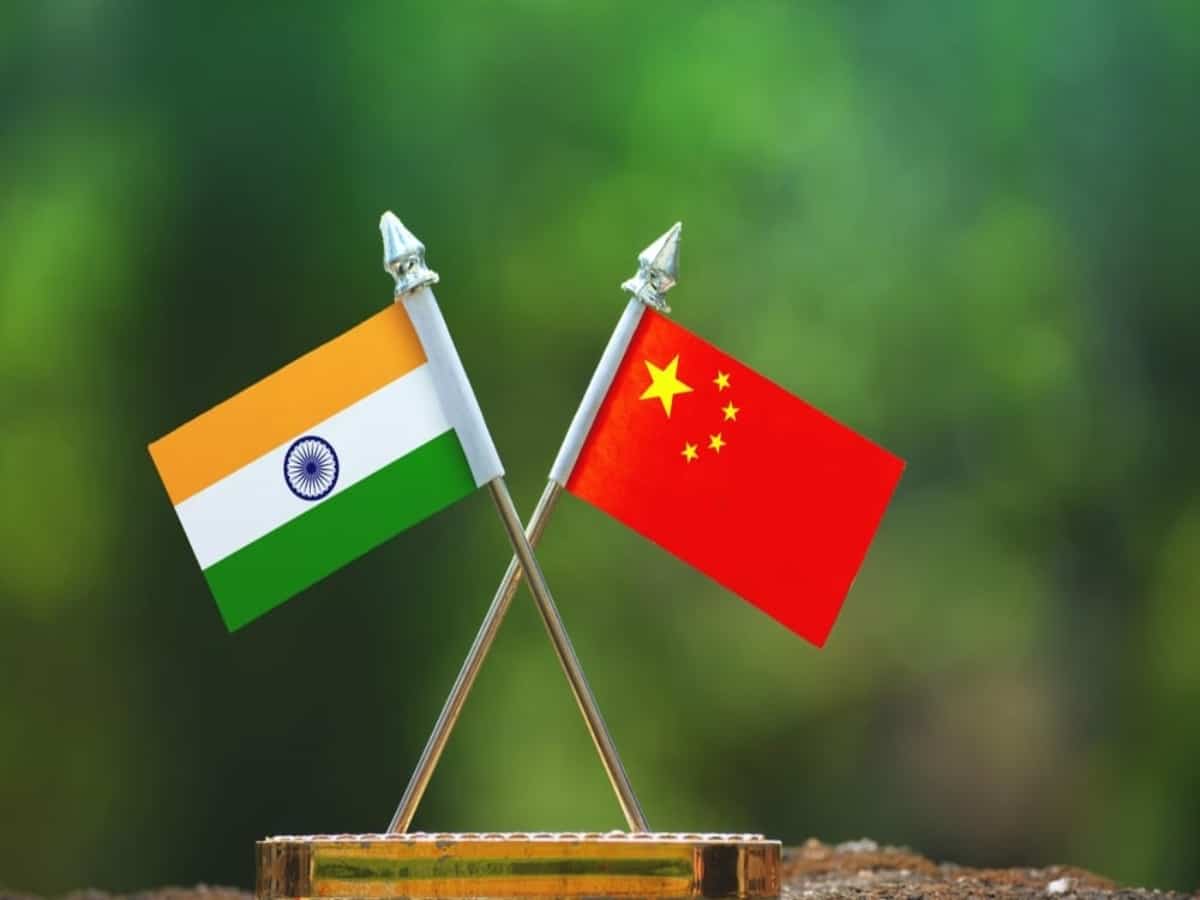

There is some kind of exhilaration in India that next round of talks between the military commanders of India and China is likely to be held on July 17 in pursuit of bringing to an end more than 27-month-long standoff in eastern Ladakh where Chinese troops have forced a situation, in which Indian army had to mobilize men and machinery in. matching response to the maneuverings and posturing of PLA since April 2020. This, in true sense of the situation, reflects the Indian keenness to end the matters as early as possible, so that it can get rid of the cost inflicted on it by the protracted standoff. By contrast, the fact is China is not losing sleep over the standoff, which can be stated in realistic terms as no war, no peace situation.
China is behaving as aggressively as it could in the given circumstances though couching its intentions in soft sounding diplomatic lexicon – resolving all issues through talks across the table. These talks have been going on since June 6, 2020, but the results have been far from satisfactory, at least from the Indian point of view. China continues to occupy the positions from where India wanted a view clear of the territory without the military presence on the other side. It is presumed when India says the other side means across the Line of Actual Control, as the thesis is that Chinese have moved menacingly close to the borderline, the alternative view is that the PLA men have intruded into the Indian territory. In both these scenarios, India is waiting for China to do something to ease the situation, hence exhilaration over the possibility of the next round of talks on Sunday. There is hope against hope, and this will not materialize into reality unless the Chinese feel pressure. And, at the moment China is not facing any pressure from India.
Essentially, the eastern Ladakh military standoff revolves around three issues – first, it is all about the return of Chinese troops to their positions of pre-April 2020, a must to ease tensions and create an atmosphere in which the second and larger issue of permanent demarcation of the LAC could be undertaken. Then comes the third and the most important part, the improvement in bilateral relations. But for China, there is yet another issue, it wants to see India out of the anti-China bloc that the US leading against Beijing. India, on its part, is maintaining its strategic position in the fast changing geopolitical world, where, at times, its concerns align with China, the position of Delhi and Beijing is same vis-à-vis Russia. Both are neutral in the ongoing war in Europe.
The disengagement from the friction points figures on top of the do-list scheduled for July 17, as has been the case with all the previous 15 rounds of talks. India is relying solely on the strategic goodwill sense of Beijing. It is trying to convince Chinese that the disengagement from the friction points is a win-win situation for both sides, for it will save both countries of the political, diplomatic and military costs incurred since the standoff started in April 2020. This is not a new beginning, but the hopes have soared after the recent talks between Indian and Chinese foreign ministers in the Indonesian resort of Bali on the sidelines of G-20 meeting. The two sides have agreed to engage to work out disengagement as two rival versions are playing out. India is apprehending that China is making all these maneuvers to unilaterally change the status of the LAC, which it has vowed, it will not allow to happen. This is defensive position, where fear is countered by the mobilization of the troops to resist the aggressive intent of China. At the same time, China continues to maintain that its troops are on its side of the borderline and has charged India with building infrastructure close to its areas. This is a very difficult and complex part to resolve. Indian diplomacy is on the test.
The history of the previous 15 rounds of talks shows that the progress is slow, very slow, not even at a snail’s pace. So, to expect any dramatic results out of the 16th round of talks would be too much to expect. High expectations may lead to high rate of disappointments. The rest of the two larger issues depend on the resolution of the first one, and, as it appears, will take very, very, long time. China is not obliged to move as per the urgency of India, nor it wants to give an impression that it succumbs to any anti-China narrative in the West and other parts of the world. China is a behemoth and it has gained its size in the global space, especially since the Russian invasion of Ukraine.

